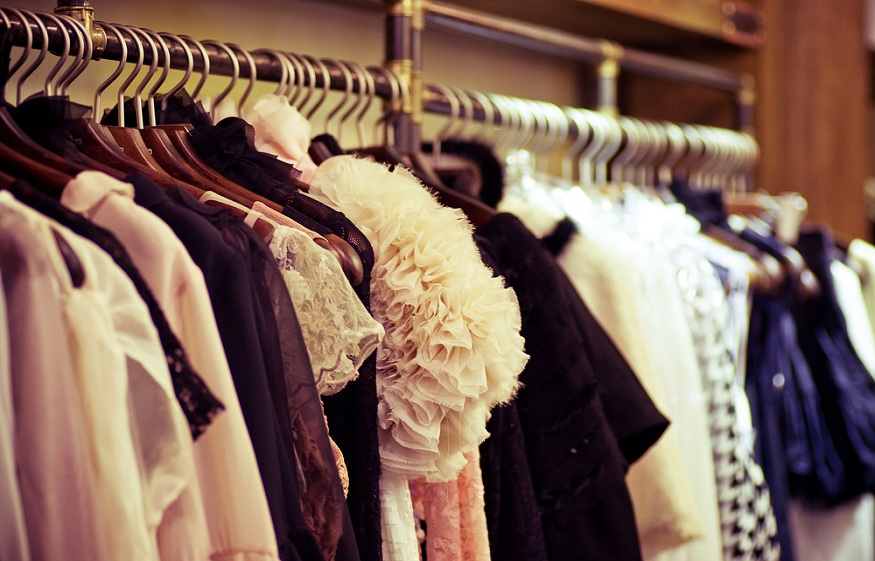The fashion industry is in trouble. In fact, the entire clothing sector is suffering thanks to a conglomeration of things that have come together to create the perfect storm in 2020. Industry executives are seriously looking at how to overhaul a decades-old system that is not working. Enter the delicate balance between fair trade and market conditions.
Fair trade covers multiple aspects of how and where manufacturers source raw materials. It includes fair labor. According to a recent Reuters piece, there are too many manufacturers unwilling to commit to only buying cotton from suppliers certified by the Better Cotton Initiative (BCI). The piece mentioned one particular brand that has only committed to sourcing BCI certified cotton in 2025, and just 25% and that.
Meanwhile, fashion boutiques like The Stockist in Salt Lake City are just trying to sell clothes in a challenging market. Their livelihoods depend on a strong market.
Forced Labor and Cheap Prices
So, what is going on here? A big part of the problem is China. The Reuters piece estimates that more than 80% of the Chinese cotton crop comes from a particular region known for forced labor. In other parts of the world, child labor is widely utilized. Unfortunately, it all boils down to retail prices.
China became one of the strongest economic powerhouses in the world in just a few decades by swamping Western markets with cheap goods. How have they manufactured their good so cheaply? Through terrible labor practices.
Companies that buy from China do so because wholesale pricing is so attractive. Low wholesale prices allow them to offer goods to consumers at equally low prices. We consumers are like addicts in this regard. We are so hooked on cheap goods that we recklessly spend on things we do not need. And in so doing, we keep the cycle going
Trying to Keep Everyone Happy
For the manufacturers, it is a delicate balance that is often hard to maintain. Some even describe it as being caught in the middle. Manufacturers do not necessarily want to keep buying cheap cotton with shady origins. Yet at the same time, they are reticent to thrust higher prices on consumers for fear that sales will dry up.
Manufacturer fears are not reasonable. Just in the last six months, the coronavirus pandemic has forced Western consumers to re-evaluate their finances. Not only do people have less money to spend on clothing, but they are also coming to terms with the fact that they don’t have to turn over their wardrobes four times per year.
The industry has seen revenues plunge this year; it knows people are not buying. Now it is also under pressure to cut ties with suppliers who may not be adhering to generally recognized standards of fair labor. If the industry acquiesces and drives up prices in the coming months, will their revenue woes get worse?
It’s Not Black and White
Looking at the fashion industry’s problems from the outside makes it very easy to take a black-and-white position on fair trade, fair labor, and retail pricing. But nothing is as black-and-white as it seems. Spending more to ensure that laborers in the cotton industry earn higher wages could ultimately cost jobs in the retail sector due to sagging sales. Raising the wages of some could cut the jobs of others.
There are no easy answers. The fashion industry is trying to maintain a delicate balance between fair trade and market conditions. How long they can continue to do so remains to be seen. But anyone who thinks solutions should come easily doesn’t understand the finer points of business.




